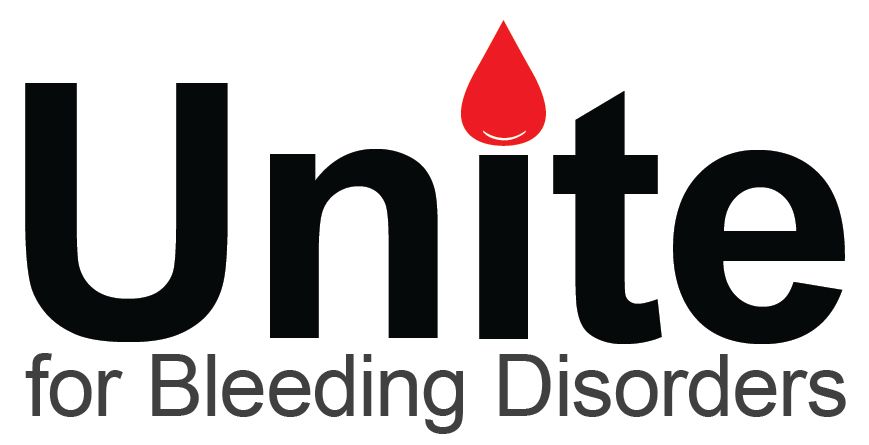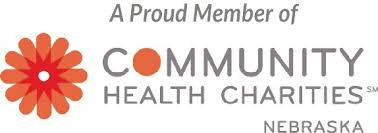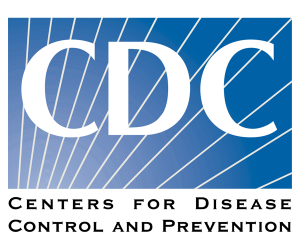Women can and do have bleeding disorders. Despite long-standing misconceptions about bleeding disorders in women, women’s voices and experiences are now being taken more seriously.
Symptoms of Bleeding Disorders in Women
You may have a bleeding disorder if you have one or more of the following symptoms:
- Heavy menstrual periods
- Bleeding for more than 7 days, from the time it began until it stopped
- Flooding or gushing of blood, limiting daily activities such as work, exercise or social activities
- Passing clots that are bigger than a quarter
- Changing tampon and/or pad every 2 hours or less on heaviest day
- Being told you are “low in iron” or have anemia
- Having bleeding symptoms and someone in your family has a bleeding disorder, such as von Willebrand disease, or a clotting factor deficiency, such as hemophilia
- Heavy bleeding from dental surgery, other surgery, or childbirth.
- Frequent nose bleeds that last longer than 10 minutes
- Bleeding from cuts lasting longer than 5 minutes
- Easy bruising (weekly, raised and larger than a quarter)
If you have one or more of these symptoms, talk to your doctor or other healthcare professional. They will guide you to see a specialist, called a hematologist. In the U.S., there is a network of hemophilia treatment centers (HTCs) that provide comprehensive care to patients with hemophilia and other bleeding disorders, and even some that have specialty services for women and girls.
Facts About Women with Bleeding Disorders
The most common bleeding disorder in women and girls is von Willebrand disease (VWD). It affects up to 1% of the U.S. population. VWD is an inherited bleeding disorder. It is caused by a defect in or deficiency of von Willebrand factor, a protein the blood needs for clotting. VWD affects men and women equally, but women can have more symptoms due to heavy menstrual bleeding (periods.)
Women and girls can also have mild hemophilia. Women who carry the gene for hemophilia can have factor levels that are low, resulting in a diagnosis of mild hemophilia. Sometimes these women are referred to as “symptomatic carriers.” There are many rare factor disorders (link), including factor I, II, VI, VII, XI and XIII deficiency that affect men and women equally.
Although men and women with bleeding disorders have similar symptoms, such as bleeds into joints and tissues, women can experience added complications during menstruation, pregnancy, labor and delivery. Some doctors are not familiar with bleeding disorders in women, resulting in many of women going undiagnosed or misdiagnosed. Women with undiagnosed and untreated bleeding disorders risk serious complications.
Resources
Better You Know
Better You Know is an initiative from the NBDF Education Team to help people who think they might be affected by a bleeding disorder start their journey towards getting some answers. It includes a risk assessment specifically for women to help determine if the issues you are experiencing are normal or may be due to an undiagnosed bleeding disorder. There are also resources for how to talk to doctors, how to prepare for lab tests, and there are options to set reminders and check-ins while you go through the steps of diagnosis. Visit the website to take the assessment.
Victory for Women
This is a place for you to share your creative expression of all kinds: photography, blog posts, stories, poems…whatever you feel captures you. A place where women in the community can express themselves, ask their questions, share their challenges, and above all, celebrate the victory of standing up and being heard. There’s also a great section where you can ask personal questions (anonymously if you want) and get answers from medical professionals in the community. If you want to see what’s going on with others like you, check it out.











